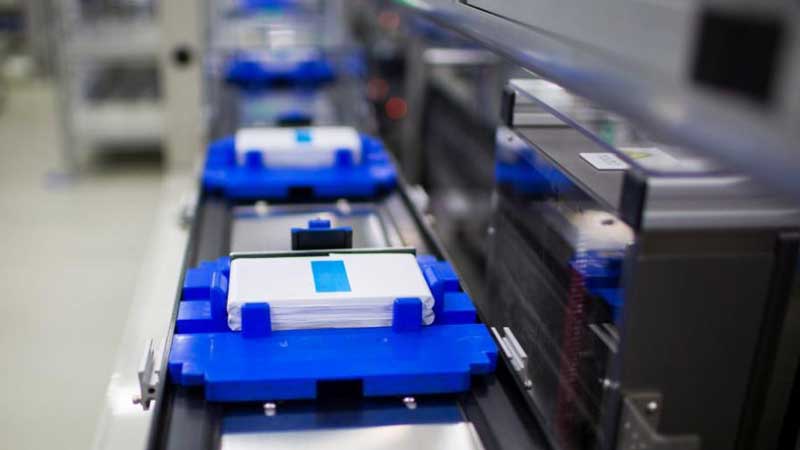Researchers say that a lithium-iron phosphate (LFP) battery – the same chemistry used in Tesla Model 3 electric vehicles (EVs) made in China – that operates at a higher temperature could be safer, cheaper and last for 3.6 million kilometres (two million miles) worth of driving.
In a new paper published in Nature Energy on Monday, the researchers from Pennsylvania State University (PSU) and EC Power State College in Pennsylvania described research that showed LFP batteries operating at a sustained 60°C performed better than a nickel-manganese-cobalt (NMC) battery and a lithium-iron phosphate battery operating at a standard temperature.
The researchers said that this was possible because the warmed-up LFP battery discharged less heat during operation.
Electric vehicles typically use nickel-based batteries because they are more energy-dense, but EV pioneer Tesla uses the LFP batteries in the Standard Range Plus Model 3 made at its Shanghai gigafactory as part of a strategy to spread demand for more expensive battery materials such as nickel and cobalt and to reduce manufacturing costs.
The new research suggests that using warmed-up LFP batteries could reduce these costs even further, as well as lengthen the useful lifespan of the battery.
According to News Scientist, report co-author Chao-Yang Wang from PSU says that charging warmed-up LFP batteries regularly and frequently would allow them to last longer, and would be safer than charging nickel-based batteries infrequently and for long periods as this creates high temperatures that can lead to thermal events.
The research also said that although heating the batteries would require a certain amount of energy, the performance gains would outweigh this energy demand. Using warmed-up batteries would also do away with the need for battery cooling technology in the vehicle, which would also reduce energy demands.
“Lithium batteries will continue to drive cost down and improve fast rechargeability and safety,” Wang was quoted as saying by New Scientist.
Wang along with his fellow researchers is now partnering with battery and car makers to look at the possibility of developing warmed-up LFP batteries at a commercial scale for use in electric vehicles.
A “million-mile” battery was hyped by media following the publication of an article by Tesla lead researcher Jeff Dahn from Dalhousie University in 2019 and was expected to be revealed at Tesla’s Battery Day in 2020.
While this did not eventuate – Tesla instead outlined its plan for a 4680 form factor battery – Dahn later surmised that a two-million-mile battery is not only possible but will be necessary if car batteries are embraced to provide storage for the grid.
The new research does not mean this method will be applied to the LFP batteries that Chinese battery maker CATL makes for Tesla, but it does illustrate improvements in battery development and manufacture that lie ahead.
Citation:
Yang, XG., Liu, T. & Wang, CY.
Thermally modulated lithium iron phosphate batteries for mass-market electric vehicles.
Nature Energy (2021)
https://doi.org/10.1038/s41560-020-00757-7

Bridie Schmidt is associate editor for The Driven, sister site of Renew Economy. She has been writing about electric vehicles since 2018, and has a keen interest in the role that zero-emissions transport has to play in sustainability. She has participated in podcasts such as Download This Show with Marc Fennell and Shirtloads of Science with Karl Kruszelnicki and is co-organiser of the Northern Rivers Electric Vehicle Forum. Bridie also owns a Tesla Model Y and has it available for hire on evee.com.au.

